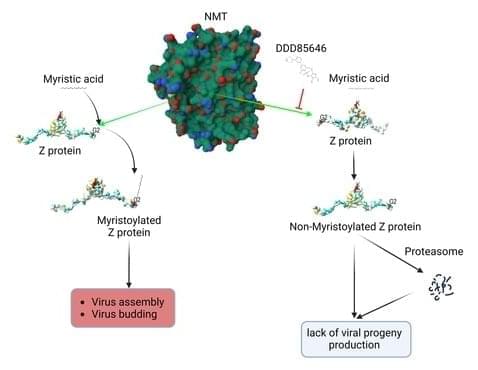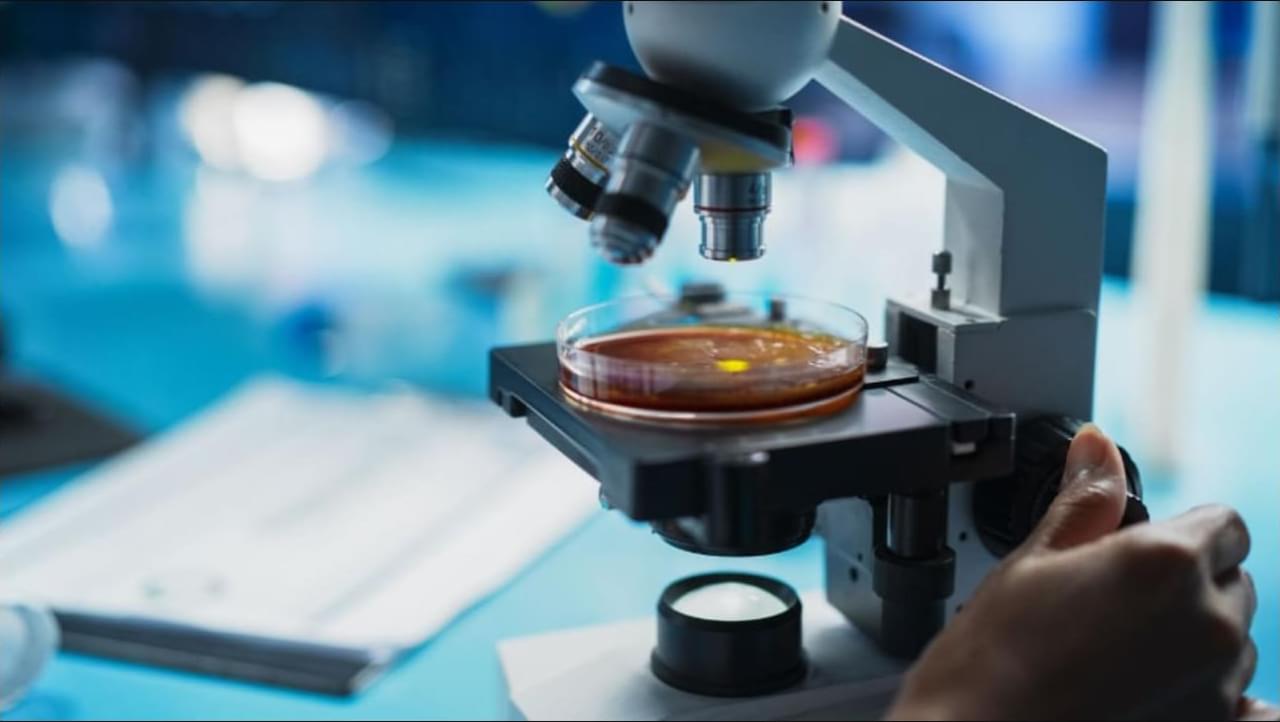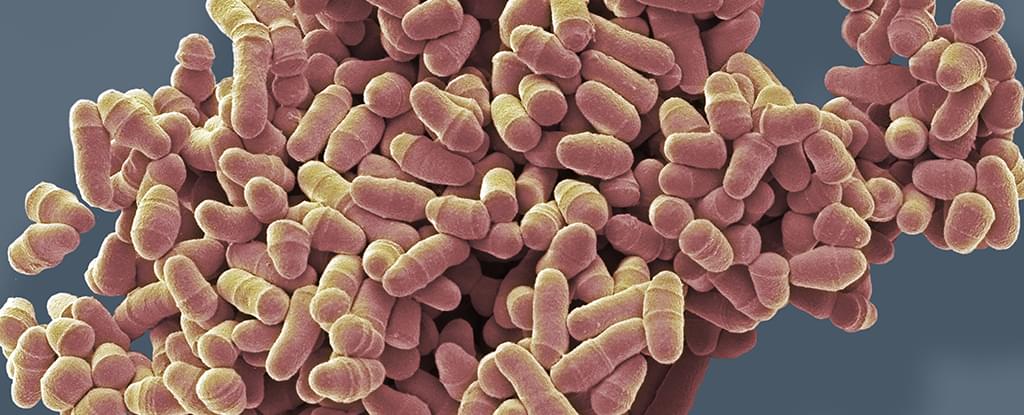Several reports demonstrate T and B lymphocyte accumulation in the aortic adventitia in normal (9) and atherosclerotic vessels (9, 85, 86). Adoptive transfer experiments suggest that lymphocytes accumulate in the adventitia through the migration from the adventitial vasa vasorum rather than from the intimal lumen site (9). Local revascularization correlates with an increase in cellular composition within vulnerable regions of human atherosclerotic plaques (Figure 1). In contrast, the inhibition of plaque neovascularization reduces macrophage accumulation and progression of advanced atherosclerosis (87). Recently, investigators have shown that vasa vasorum can penetrate the media, enter atherosclerotic plaques, and come close to the arterial lumen (88). This is an important direct demonstration of the existence of a vascular network connecting the adventitia with the plaque tissue. Thus, we now better understand the role of neovascularization in atherosclerosis (87), but further studies are necessary to elucidate the role of small adventitial vessels in the immune response during this disease.
The presence of antigen-presenting cells and T cells within atherosclerosis-prone artery walls is well documented, but there is little information about local antigen-dependent activation of T cells. It remains to be determined whether elevated numbers of lymphocytes, which have been seen in atherosclerotic vessels, are a consequence of the accelerated recruitment of activated cells from draining lymph nodes or of local antigen-induced proliferation that leads to the increased aortic lymphocyte numbers.
One of the possible sites of T cell activation in aorta may be vascular-associated tertiary lymphoid structures (Figure 1). The lymphoid-like structures are formed in a variety of autoimmune-mediated diseases, such as rheumatoid arthritis or Hashimoto’s thyroiditis. Conglomerates of leukocytes within the adventitia were reported in the early 1970s; however, only in 1997 did Wick et al. (44) name these conglomerates vascular-associated lymphoid tissues (VALTs). These lymphoid structures are formed within advanced atherosclerosis-prone vessels and contain T and B lymphocytes, plasma cells, CD4+/CD3− inducer (LTi) cells, and some MECA-32+ and HECA-452+ microvessels (9, 86, 89). Follicles located close to the arterial external elastic lamina contain proliferating Ki67+ leukocytes, apoptotic cells, and CD138+ plasma cells, showing local B cell maturation and possible humoral immune response in these structures (86). Whether the VALTs in atherosclerosis are beneficial or proatherogenic is still unclear.








